| Random tips and thoughts about drop shotting, taught to me by thousands of fish over the past three-plus decades, mixed with photos of some of those instructors. All the fish shown were caught on drop shot rigs by me or by fishing partners who I taught to drop shot. |
|
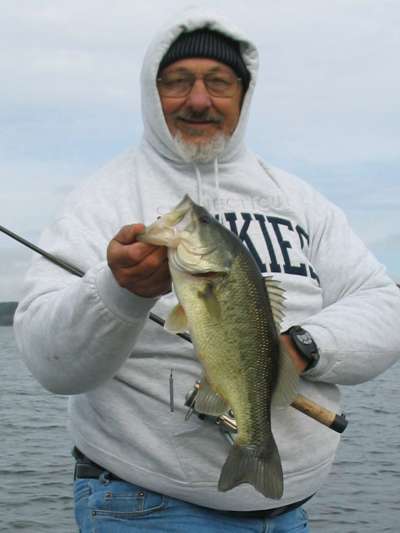 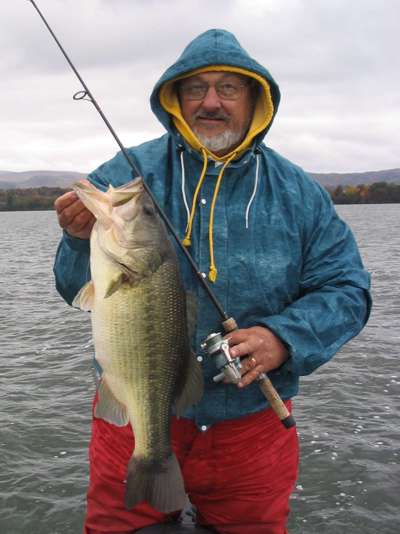 |
|
|
| Drop Shotting is a good technique for those sunny, post frontal conditions. But it's not just for those conditions. As you glance at these pictures, note how many of the best fish were caught while wearing foul weather gear. |
|
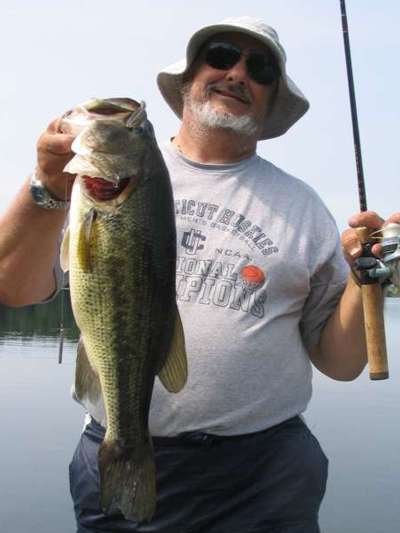 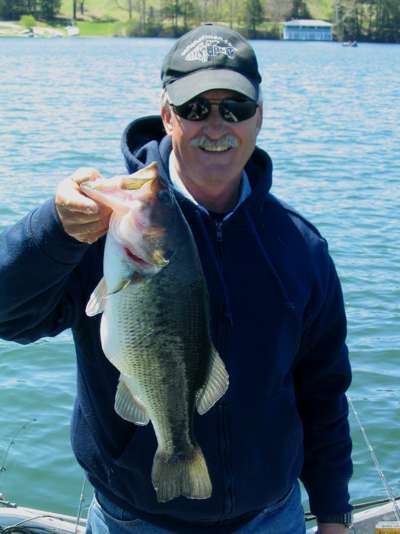 |
|
| The biggest myth about drop shot fishing is that it's a small fish technique. It catches what's there. Fish it in front of a big fish, and your odds of catching a big fish on it go way up. |
|

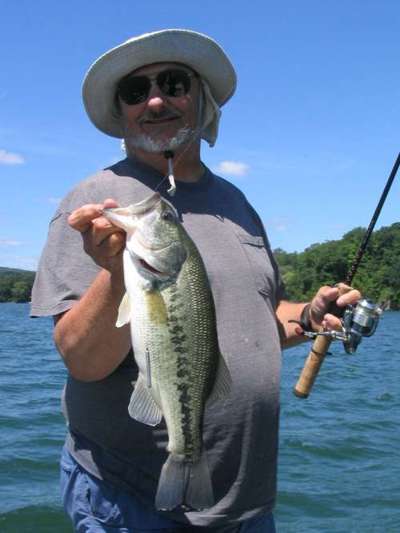 |
|
| When you aren't sure about a hit until you realize you just pulled the bait away from a fish, don't reel up and try again. Stop it, let the weight come to rest, then let the bait drift free and maybe shake it a little. Sure, to you it was "Damn! I just missed one!". But the fish, it was... well, if they could think in human terms, she'd probably be saying "Damn! I just missed one!". She's probably looking for the meal that just escaped from her, and anxious to catch it again. Make it easy for her to find and eat it, and you'll probably catch her. |
|

 |
|
| Don't worry about special drop shot keepers to hook the weight to when you put the rod away or when moving between spots. Just hook the hook where you normally would, to a guide frame or hook keeper, then remove the weight from the end of the line and put it in your pocket. It only takes a second or two, and saves all sorts of hassles. |
|
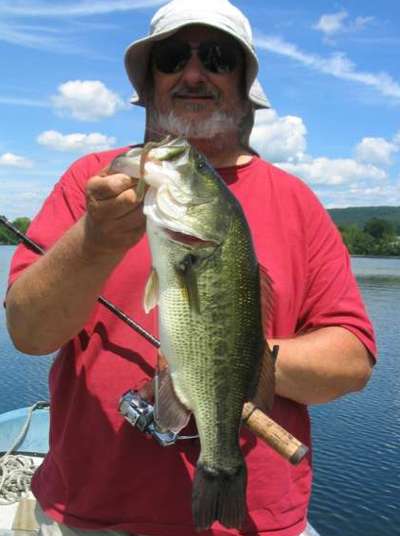 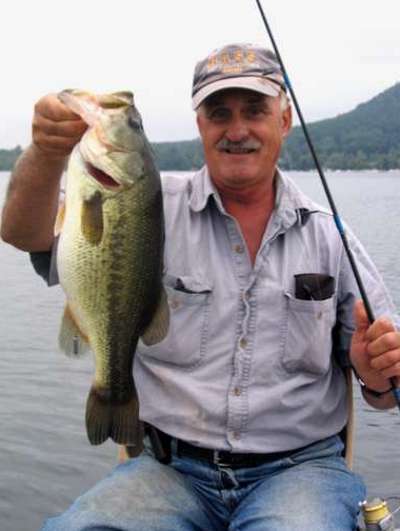 |
|
| If you're not getting bit regularly, and just can't seem to get the hang of drop shot fishing, odds are you're over-working the bait. Stop pulling on it so much -- an intermittent jiggle on a slack line is all the action you want. |
|
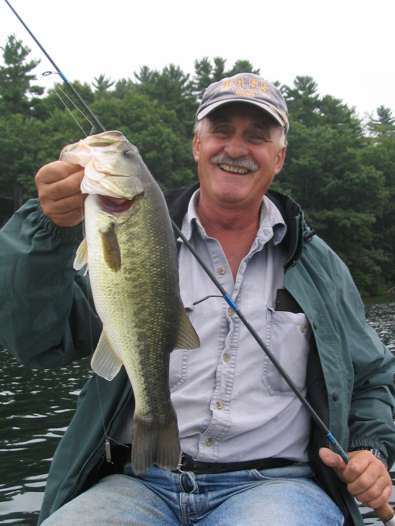 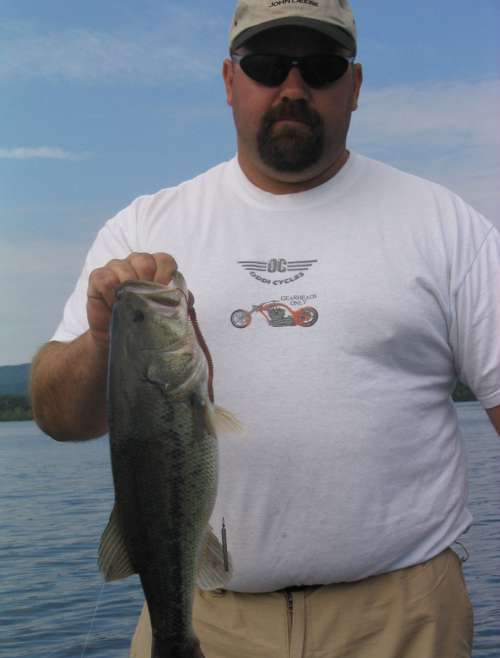 |
|
| When you feel the weight, you're not fishing the bait, you're reposititioning the rig. |
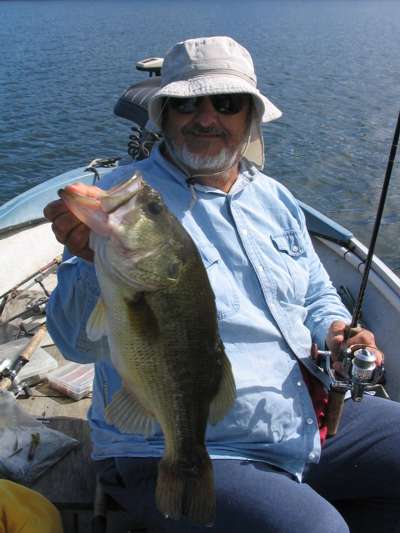 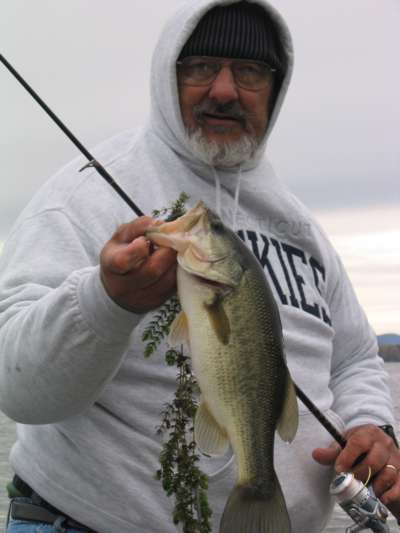 |
|
| Try to get your rig hung up in the outermost weed clumps, and when you do, don't rip it free. Just put slow and steady tension on it, then jiggle it free. You'll be amazed at how often a fish pulls your rig out of the veggies for you. |
|
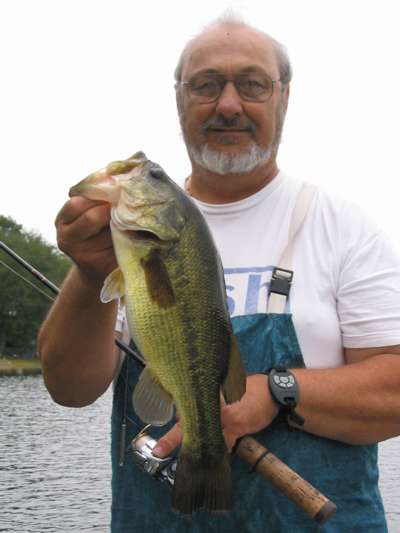 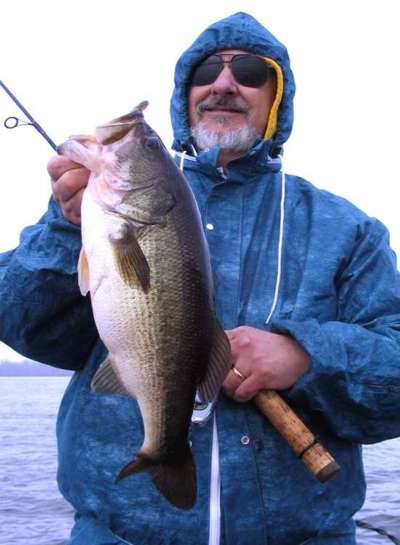 |
|
| A lot of people come up with the clever idea to replace the DS weight with a jig. Resist the temptation to try it. You lose all of the advantages of drop shotting when you do that. If you want to fish two baits, put another drop shot hook on your line, a half-foot or so above the first one. |
|
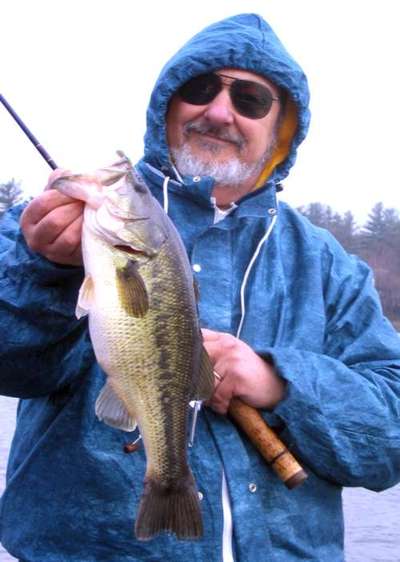
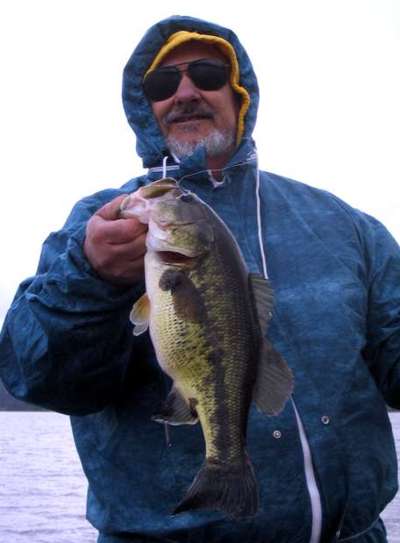 |
|
| The drop shot excels at extracting every possible fish from a spot. When you get bit more than once or twice from one corner of a structure or one spot along a weedline, don't be too quick to move on. Work it over, change angles, even change baits if you must, but give the rest of the fish that are likely there a chance to eat your drop shot bait too. |
|
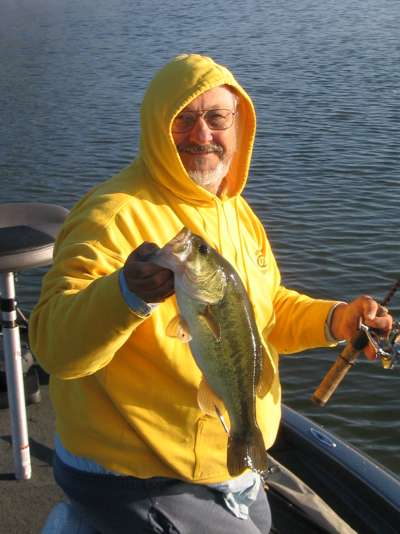 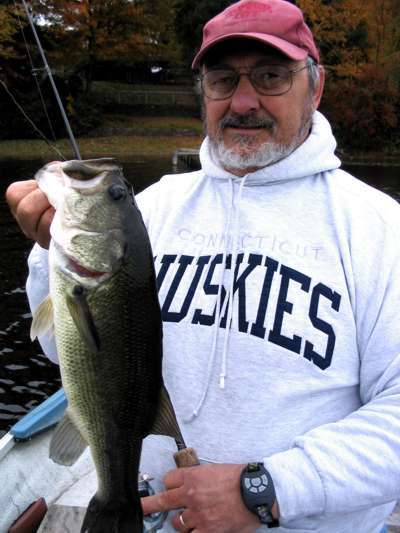 |
|
| I've compared and tested and looked at the catch data till I can't stand to look at it any more. The closer the bait and hook combination is to neutral buoyancy, the more fish it catches. If it doesn't drift around lazily, on a slack line, it doesn't' get bit as readily. It really seems like the closer to neutral buoyancy you can get with the bait and hook together, the better suited for this technique the rig is. |
|
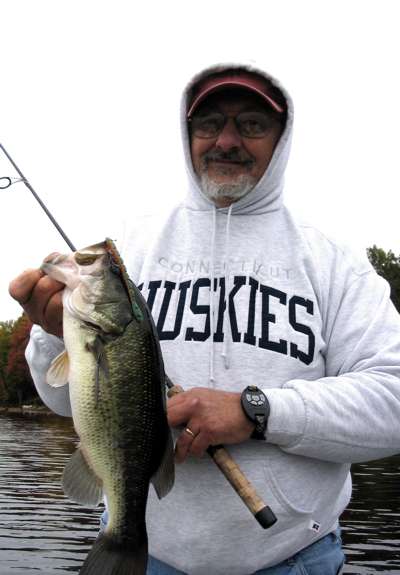
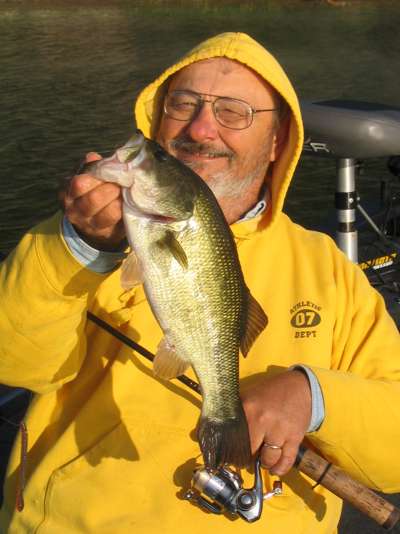 |
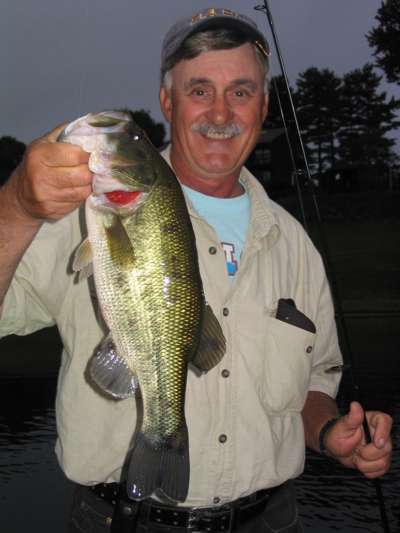 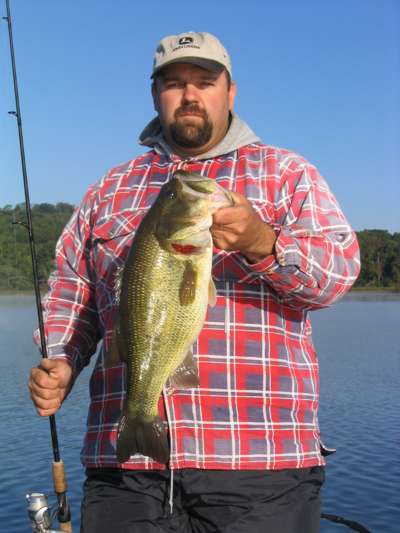 |
|
| Drop Shotting isn't just about bass. The other species you catch on it can be pretty interesting at times. |
  |
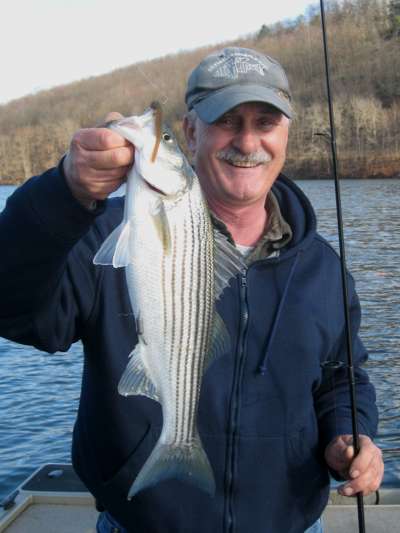 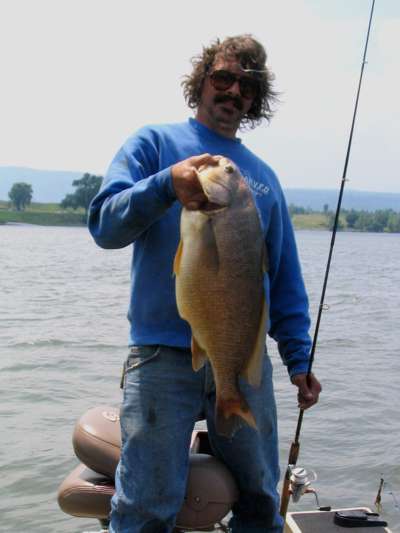 |
|
| Rule of thumb... the colder the weather, the shorter the dropper to the sinker. |
|
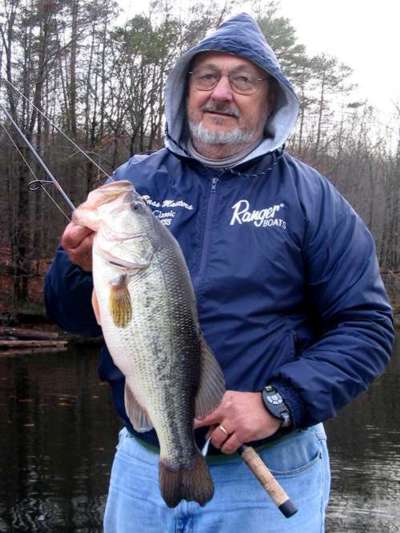  |
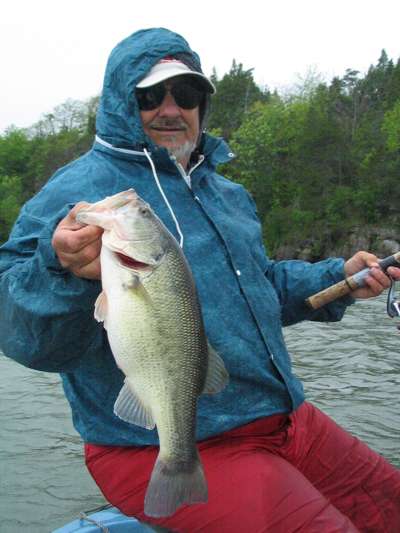
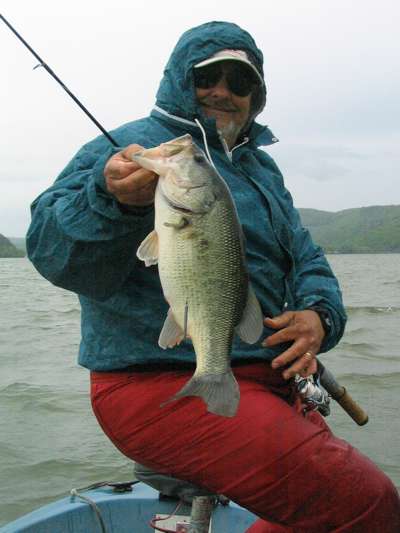 |
|
| You may have noticed a lack of round drop shot weights in these photos. That's because I don't use 'em. I much prefer the skinny, cylindrical weight. It just hangs up less, and picks up less vegetation. I also use 1/4 ounce about 95% of the time. Simplify! I carry a few lighter and a few heavier, and one of these days I'm sure I'll find conditions that will make me change. Till then, I'll keep chuckin' that quarter. Truth is, I use the 3/8 in rivers with 10 pound test on a casting rod, and I'll even go with a 1/2 or 3/4 oz magnum on a heavy worm rod to do some bubba shot fishing in heavy weeds. But for your standard, every day, universal drop shotting, 1/4 ounce is fine from 2 to 40 feet deep. |
|
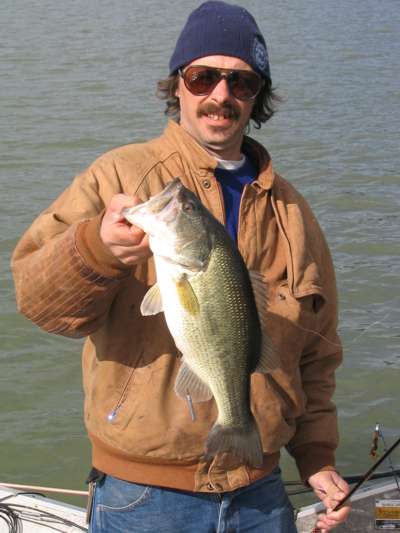
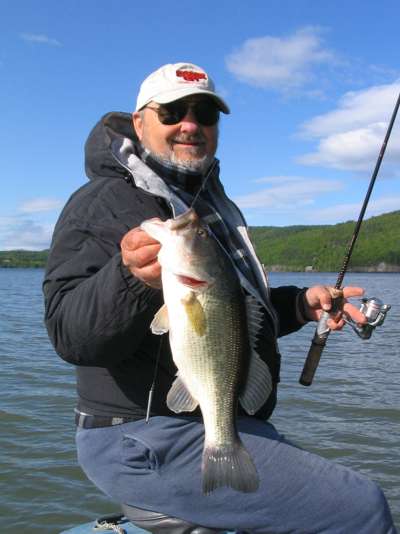 |
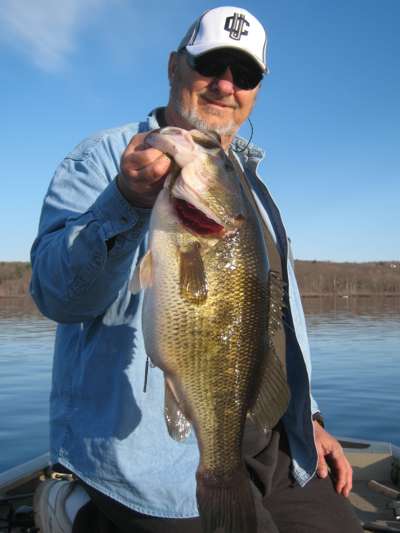 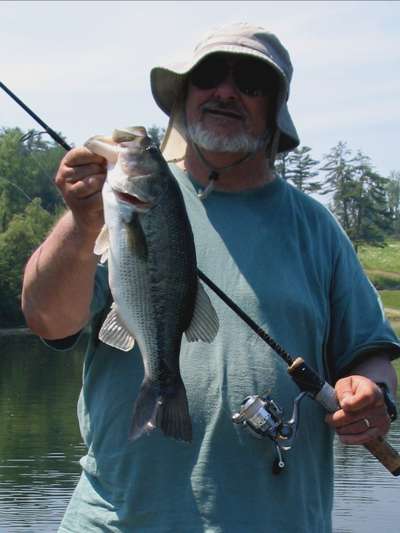 |
|
© 1995 — Rich Zaleski @ RichZ.com
|
|
All material on this page is copyrighted. It is provided here solely for the personal use of the reader, and may not be reproduced, reprinted or otherwise redistributed without the express consent of the author. |



































